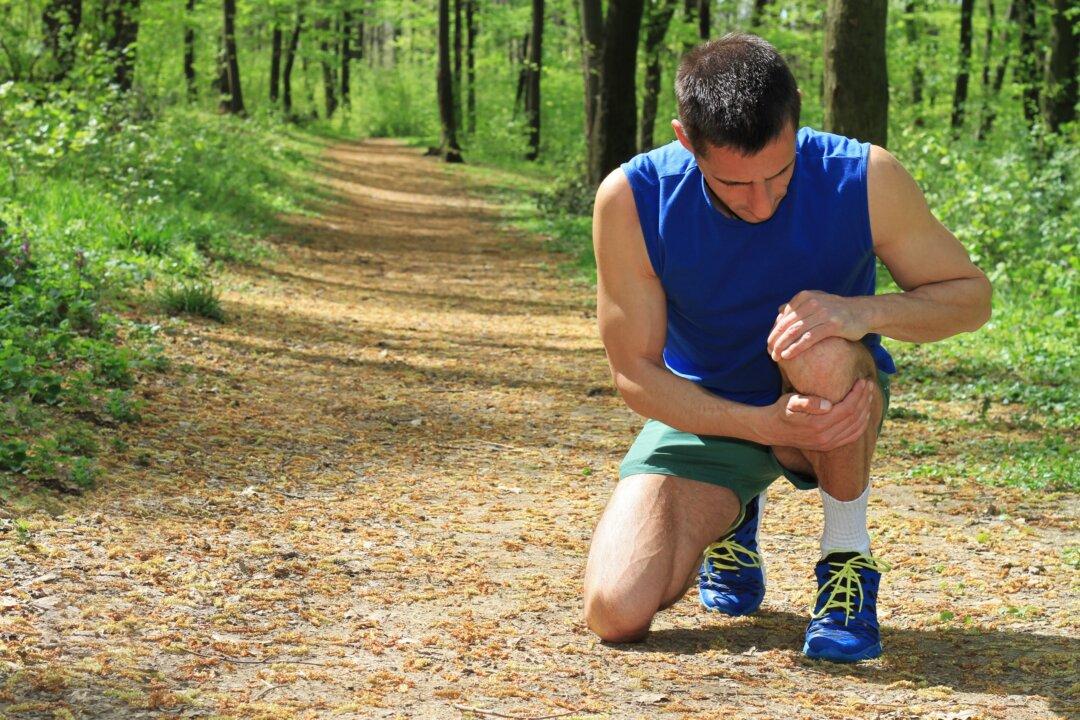Without knees, your legs would just be two rigid columns extending from torso to feet.
Imagine the lumbering walk and all the other daily movements that would become far more awkward in a knee-less existence. Sitting and standing would both take enormous effort, and something to hold on to.






